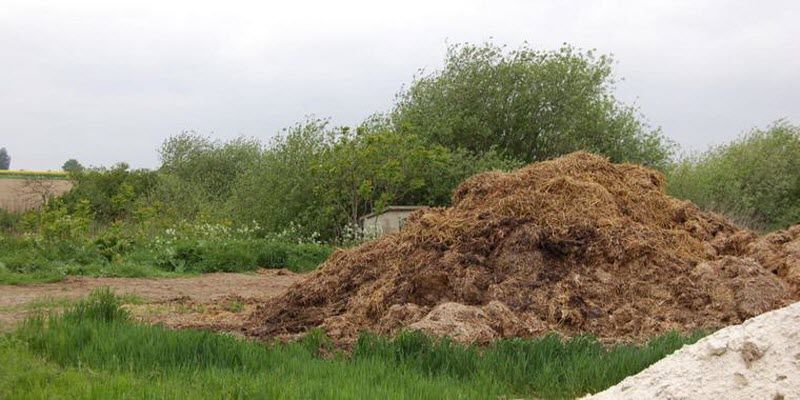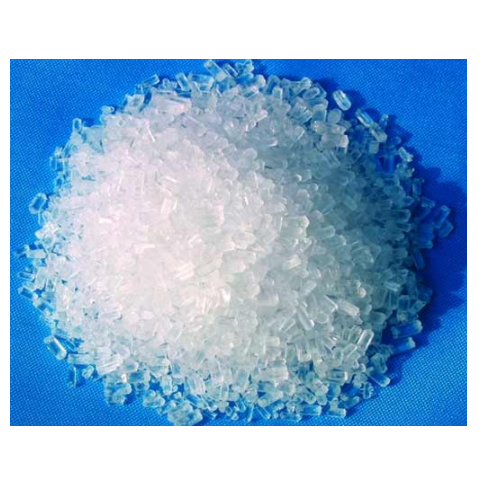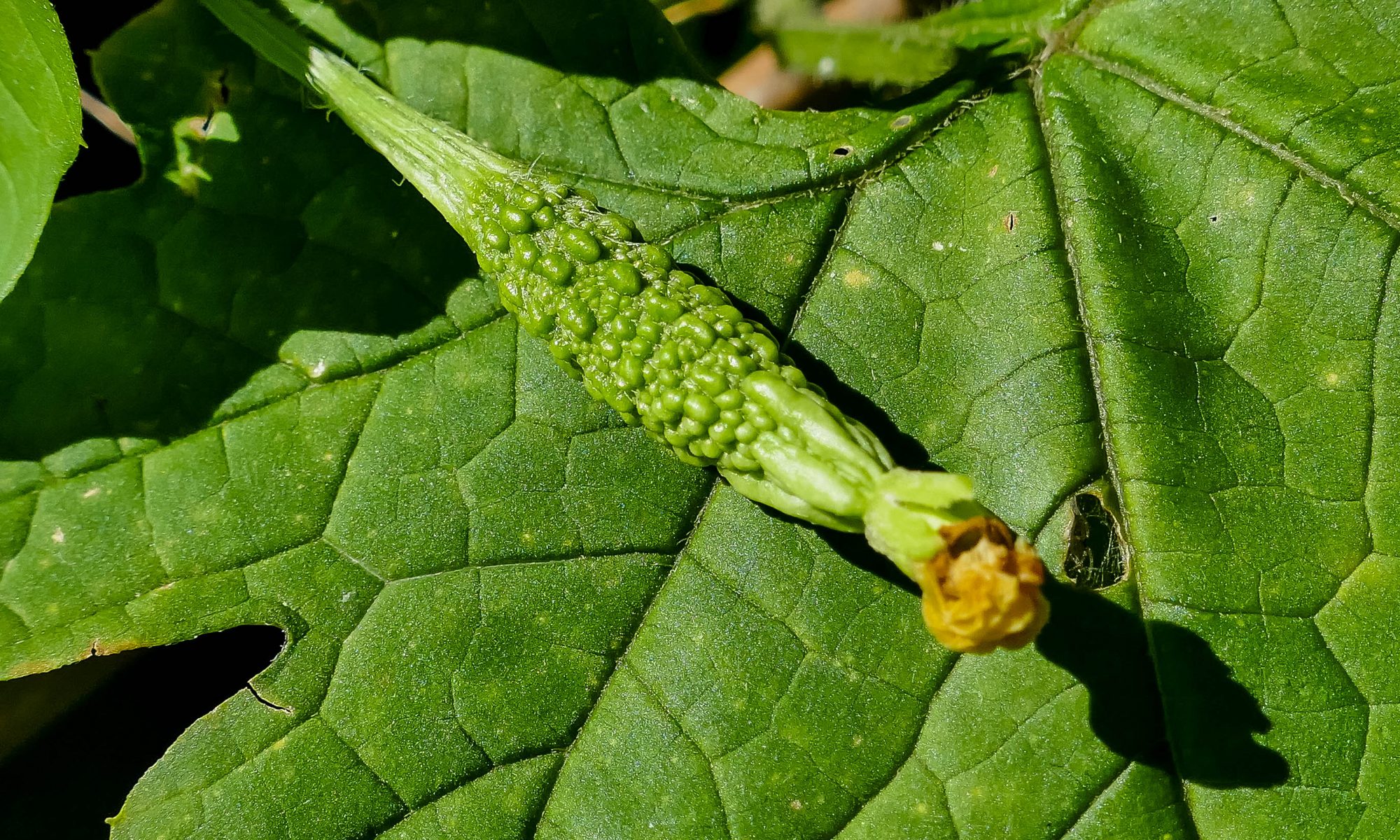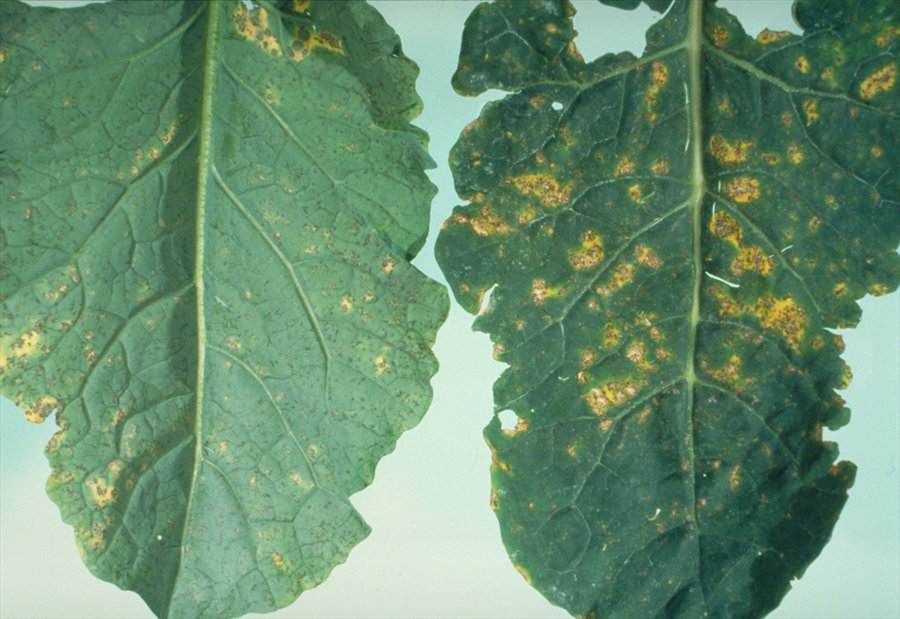Nymphs and adults are both soft-bodied pear-shaped, blackish in colour.
- Large colonies of nymphs and adults are found on tender twigs and shoots as also on ventral leaf surface sucking the vital sap from the tissues.
- The affected parts turn yellow, get curled, wrinkled and deformed in shape and ultimately dry and die away.
- Fruit size and quality is also reduced.
- The aphids also exude copious quantity of honeydew on which sooty mould develops, in turn, hinder the photosynthetic activity of the vines, resulting in stunted growth.
- The fruits covered by sooty mould look unattractive and lose their market value.
- Profenophos 50% EC @ 400ml/acre OR
- Acetamipride 20 % SP 40-80 gm/acre OR
- Acephate 50% + Imidacloprid 1.8% SP @ 300 gm/acre










